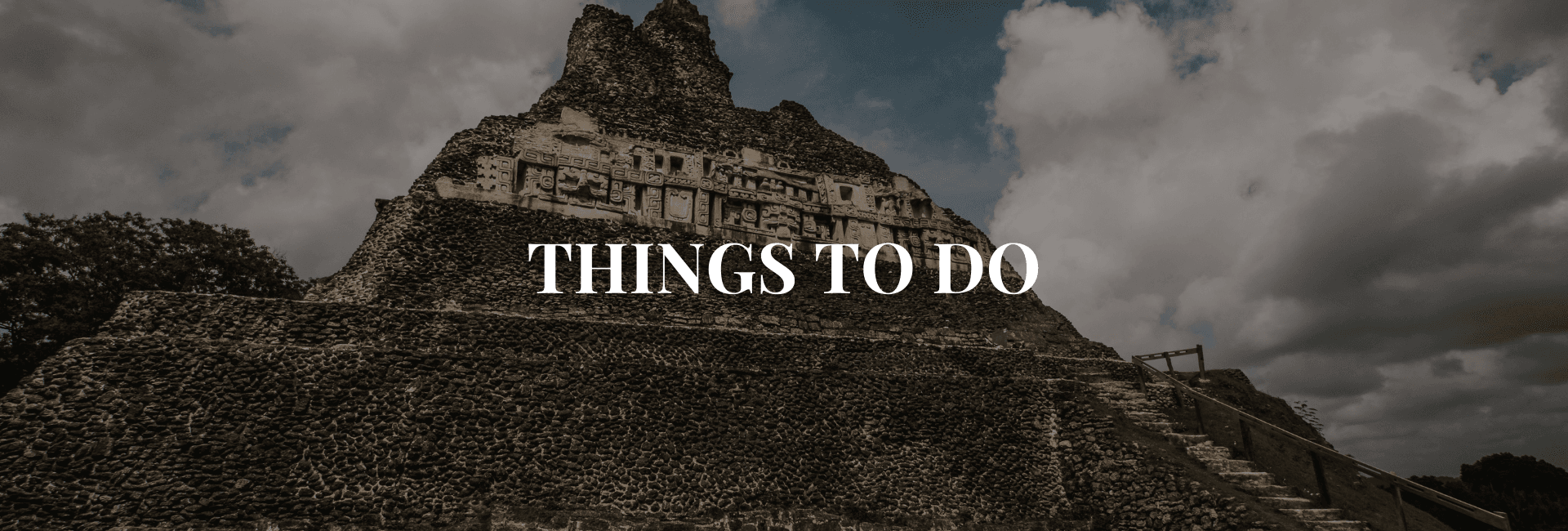
Archaeology
Belize has hundreds of Mayan sites, ranging from small mounds to internationally acclaimed pyramids, from city complexes to sacrificial cave systems. The Maya sites have been in our history for many years and are some of the greatest attractions in Belize. Guided tours of ruins are available. While exploring you will learn a lot about the remains of the ancient Maya, which include pottery, skeletons, stelae, and tall palaces, temples, and ceremonial centers.
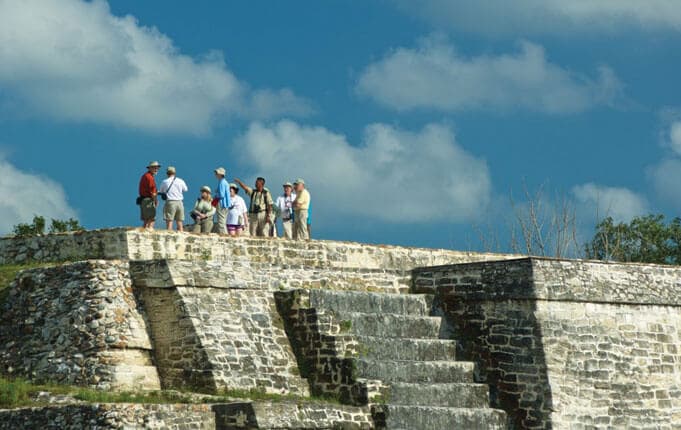
Altun Ha
Altun Ha means "Water of the Rock." It was here that the largest carved jade object in the entire Maya area, a Jade Head, was found. This Jade Head represents the Sun God, Kinich Ahau, which can be seen in the corner of every Belizean banknote. The 25-square-mile area housing these ancient Maya structures is located an hour north of Belize City.
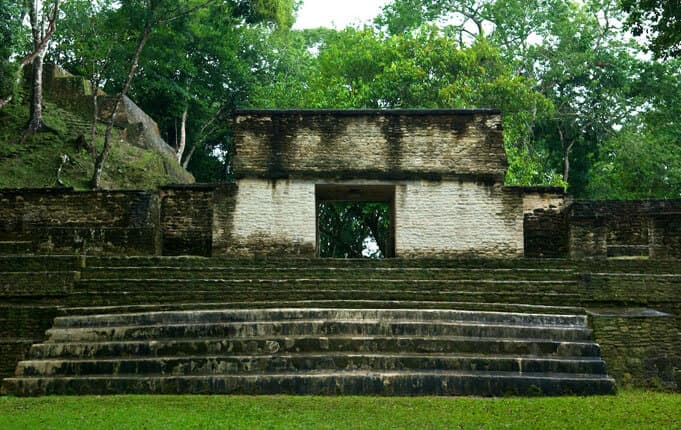
Cahal Pech
The medium-sized Maya Center of Cahal Pech, meaning "Place of Ticks," offers visitors a spectacular panoramic view of San Ignacio and the Belize River Valley. Situated along the bank of the Macal River in the Cayo District. These sites are located in San Ignacio, making them easily accessible for tourists, as they're only a short 10-minute walk from the town's center.
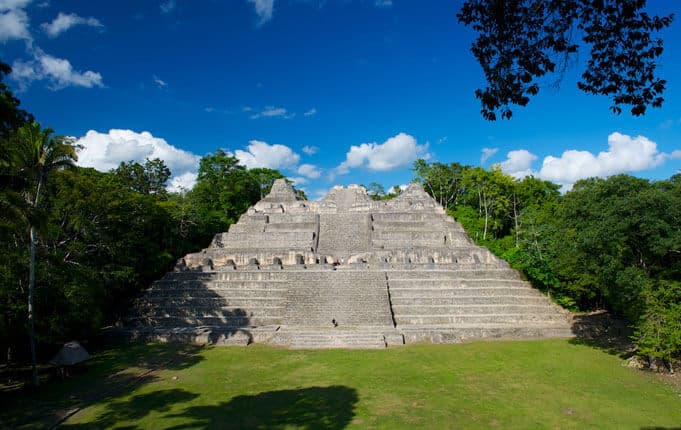
Caracol
Caracol, meaning "The Snail," was discovered in 1938. This city is the largest archeological site in Belize, and one of the largest in the Maya world. Boasting Belize's tallest man-made structure, a 140-foot pyramid, Caracol is located in the Cayo district, about an hour southwest of San Ignacio.

Cerros
Cerros is located on a northern peninsula in the Bay of Chetumal, across from Corozal Town. Cerros was an important coastal trading center for early Maya civilizations. With an incredibly sophisticated society, the residents used new forms of art and architecture that proved to be crucial for the formation of classic Maya designs.
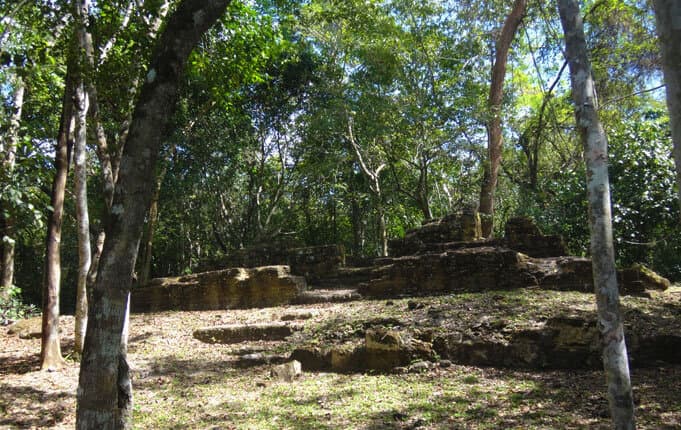
El Pilar
The El Pilar, an archaeological reserve for Maya flora and fauna, is located just 12 miles north of San Ignacio, astride the Belize-Guatemala border. Hosting more than a dozen large pyramids and a wide range of buildings, El Pilar was one of the most important sites of the Maya civilizations, and is now said to be one of the best places for bird watching in Belize. El Pilar is the largest Maya center in the Belize River area, more than three times the size of the better-known center of Xunantunich.

Lamanai
The temples at Lamanai, which means “Submerged Crocodile,” have an aura of supremacy, distinguishing them from any other in Central America. The Maya site is located in the Orange Walk district, on the New River Lagoon.

Lubaantun
Lubaantun is located in Punta Gorda in the Toledo district and means "Place of Fallen Stones" in the Mayan language. This site is rumored to be the place where Anna Mitchell-Hedges found the famous Crystal Skull in 1926. All of the pyramids' stones were carefully measured and cut to fit perfectly with the adjoining stones. The buildings on top of the pyramids were made of perishable materials, therefore they no longer remain.

Nim Li Punit
Nim Li Punit is located in Punta Gorda, Toledo; the meaning of this site is "The Big Hat." Situated on a ridge in the foothills of the Maya Mountains just off the Southern Highway, 25 miles north of Punta Gorda, Nim Li Punit is regarded as a ceremonial center consisting of two plazas, one higher than the other. There are 25 stelae of which 8 are carved. The largest structure is 33-40 ft above the plaza level and is constructed of dry sandstone, typical of sites in southern Belize. There are 3 plaza areas and a ballcourt. The concentration of so many stelae makes this a unique site.
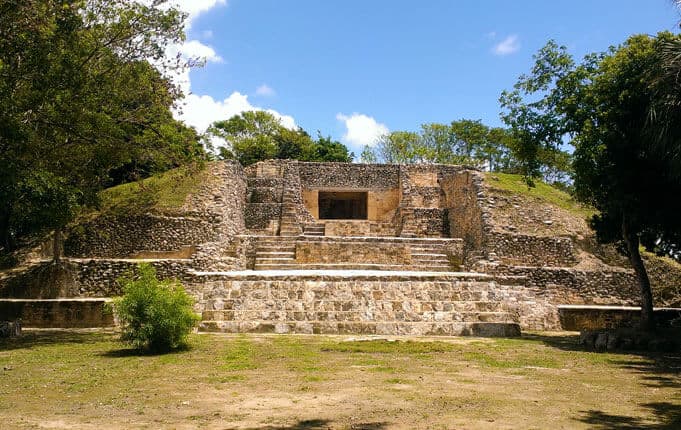
Santa Rita
The slow-paced town of Corozal is built directly over the ancient Maya center of Santa Rita. This site was important because of its control over the trade routes that ran along the coast, and down the Rio Hondo and New Rivers. These rivers run from Lamanai, and were important for transportation of cacao, achiote, honey and vanilla – exports to Northern Yucatan. Corozal is easily accessible by public transportation, and a wide range of hotel accommodation are available in town.
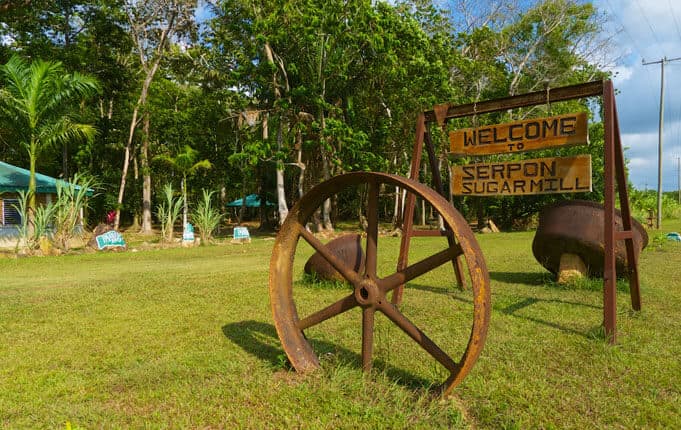
Serpon Sugar Mill
Serpon Sugar Mill is the country's first historical reserve. Hidden in the jungle one mile in on the access road to the village of Sittee River, is an important landmark in Belize's colonial history. It is the remnants of the steam-powered Serpon Sugar Mill, which was established in 1865 and marked the start of Belize's industrial era. The mill, which was bought by William Bowman, along with the Regalia, bought and owned by an American, fuelled Belize's economy for about thirty years.
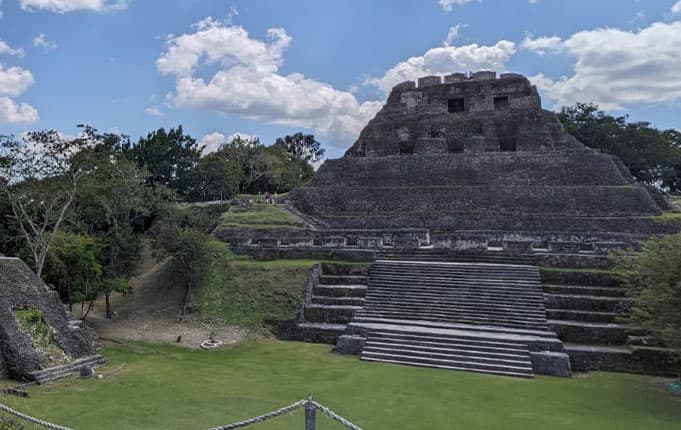
Xunantunich
Xunantunich meaning “maiden of the rock” or “stone woman” in Maya, is situated on the Western Highway across the river from the village of San Jose Succotz. It can be reached by ferry daily between 8 am and 5 pm. This site is less than one mile from beautiful rapids of the Mopan River and provides an impressive view of the entire river valley.
